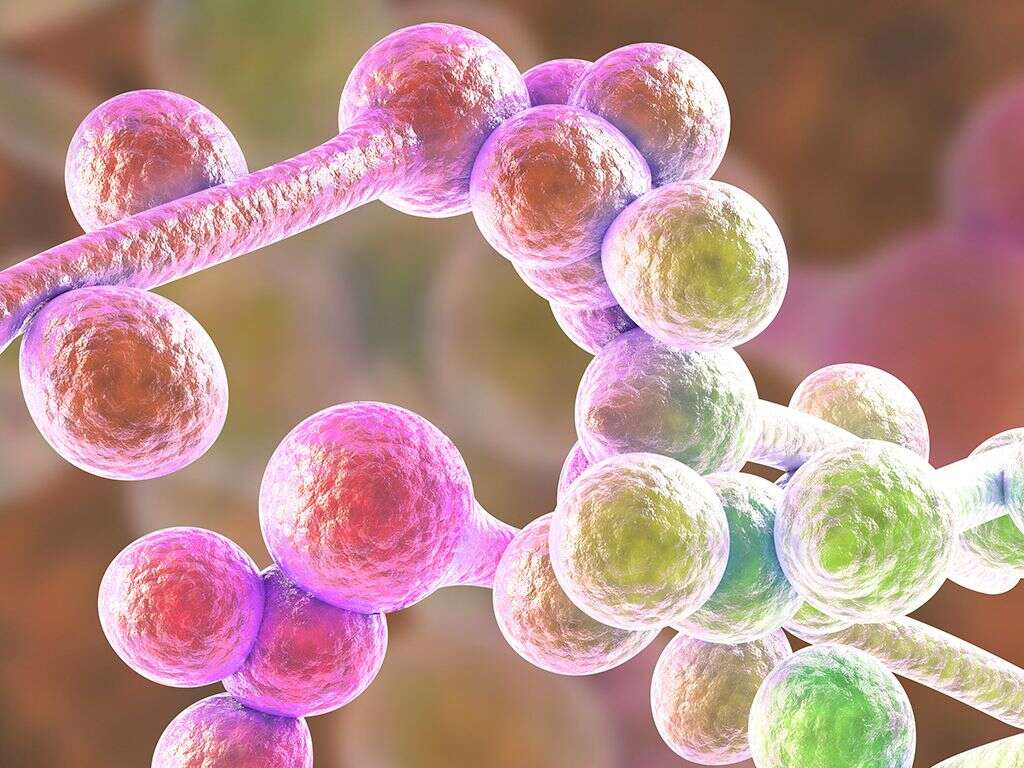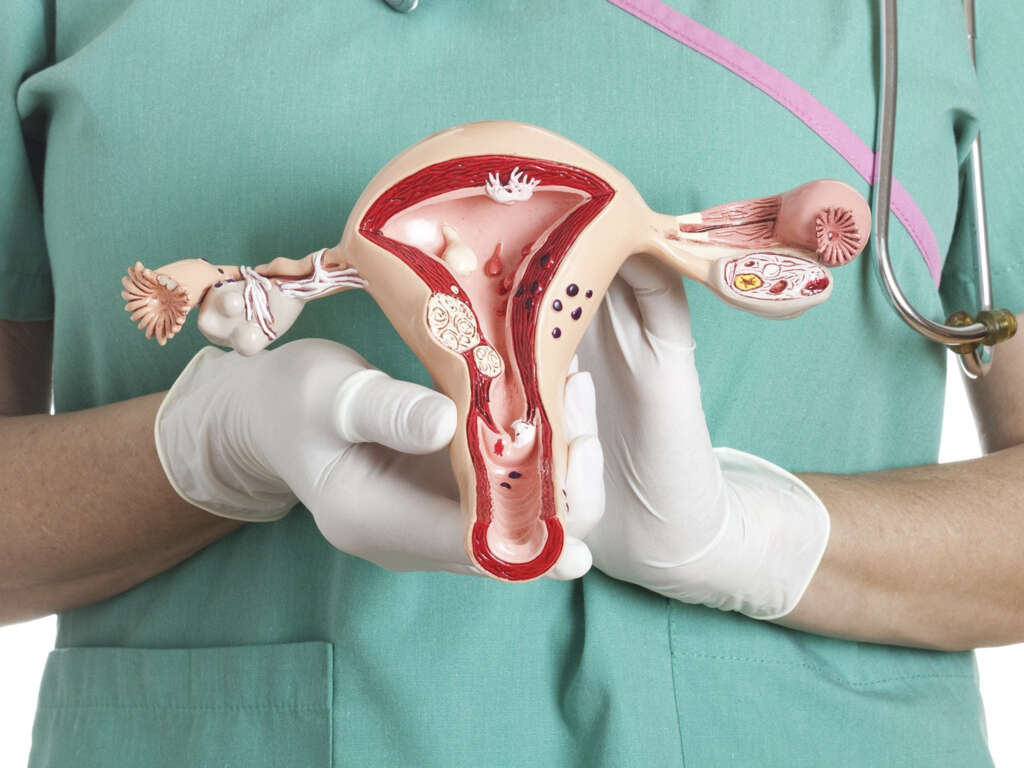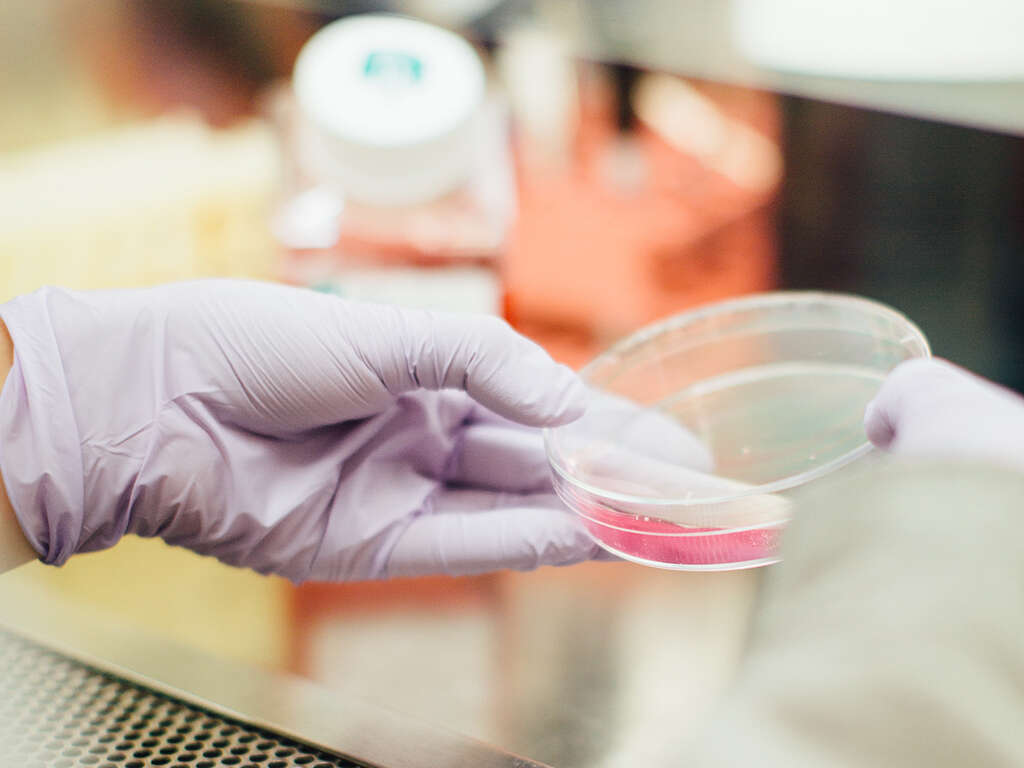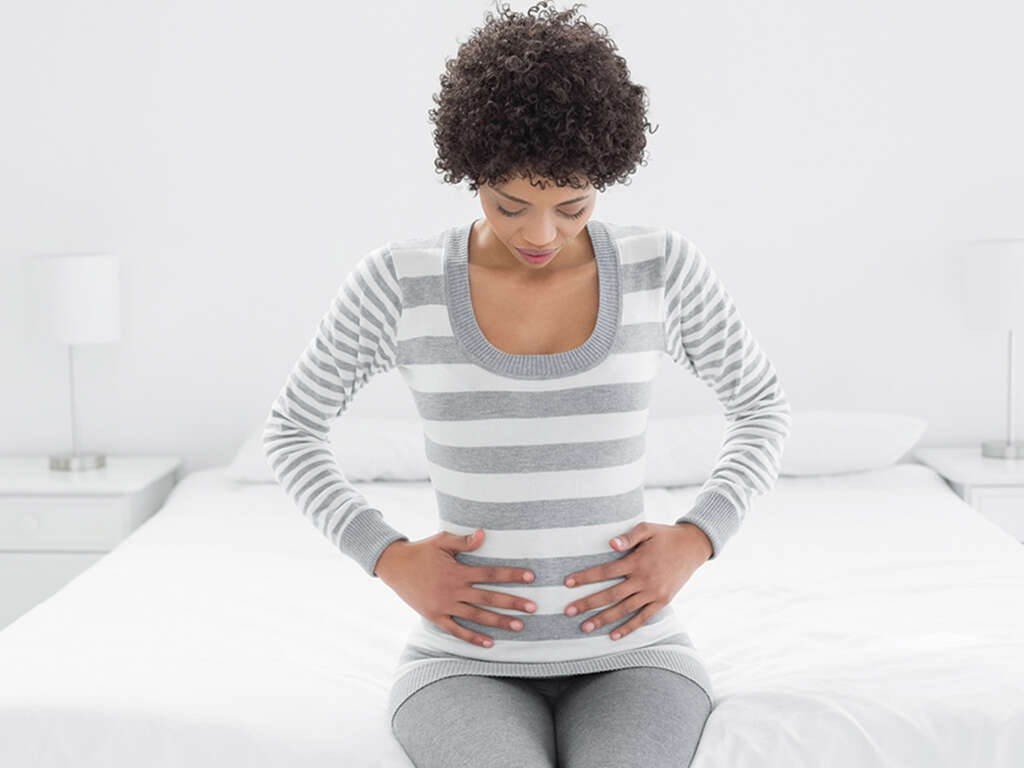10 Causes of Ovarian Cysts
An ovarian cyst refers to a sac filled with fluid that is present in the ovary. While ovarian cysts are usually asymptomatic, they can also cause lower back pain, bloating, and lower abdominal pain. Ovarian cysts can lead to complications like torsion, rupture, and severe pain. Most ovarian cysts are usually related to ovulation and are known as functional cysts. The diagnosis of ovarian cysts can be achieved via pelvic examination, ultrasound, and other forms of testing.
Most ovarian cysts are benign, nevertheless, medical evaluation is mandatory to determine the cause of the cyst and to assess treatment options with the patients. Complications regarding this disease could be severe, so the sooner you get diagnosed by a professional, the better the prognosis.

Cause #1: Endometriosis
Endometriosis is a painful condition where the endometrium grows outside of the uterus. It most commonly involves the ovaries and fallopian tubes. In this condition, the displaced endometrial tissue continues to function as it normally would where it thickens and bleeds according to the menstrual cycle. Since the tissue has no way to exit the body, it becomes trapped.
When it involves the ovaries, it may result in the formation of cysts known as endometriomas causing the surrounding tissue to become irritated and causing the development of scar tissue and adhesions. Endometriosis can cause dysmenorrhea, dyspareunia, excessive bleeding, infertility, dysuria, and pain during bowel movements.

Cause #2: Polycystic Ovary Syndrome (PCOS)
PCOS refers to a set of symptoms that occurs due to abnormalities in the metabolism of androgens and estrogen. Patients with PCOS usually present with heavy menstruation, amenorrhea, irregular periods, hirsutism, acne, infertility, pelvic pain, and patches of dark velvety skin.
Some of the conditions that are associated with PCOS include obesity, type 2 diabetes, obstructive sleep apnea, mood disorders, heart disease, and endometrial cancer. The diagnosis of PCOS can be achieved based on two of three of the following findings: high androgen levels, anovulation, and ovarian cysts.

Cause #3: Follicular Cyst
Follicular cysts are benign functional cysts that are filled with fluid. They can develop in or on the ovaries and are commonly seen among women in their reproductive age due to ovulation. Follicular cysts are not seen among postmenopausal women. Follicular cysts are usually painless and asymptomatic.
They usually resolve on their own after a few menstrual cycles. Women who experience symptoms usually present with lower abdominal pain, abdominal bloating, breast tenderness, nausea, vomiting, and changes in the menstrual cycle.

Cause #4: Corpus Luteum Cyst
A corpus luteum cyst is a type of ovarian cyst that takes up to three months to disappear. It rarely occurs above the age of fifty as eggs are no longer released once one reaches menopause. Corpus luteum cysts may consist of blood and other fluids. They are a type of functional cyst that occur due to the release of an egg from the follicle.
This follicle then becomes a secretory gland known as the corpus luteum. It will then begin to produce high amounts of progesterone and estrogen to prepare for potential conception. If fertilization does not occur, the cyst breaks down and starts to disintegrate. In some cases, it may expand into a cyst that fills with fluid or blood.
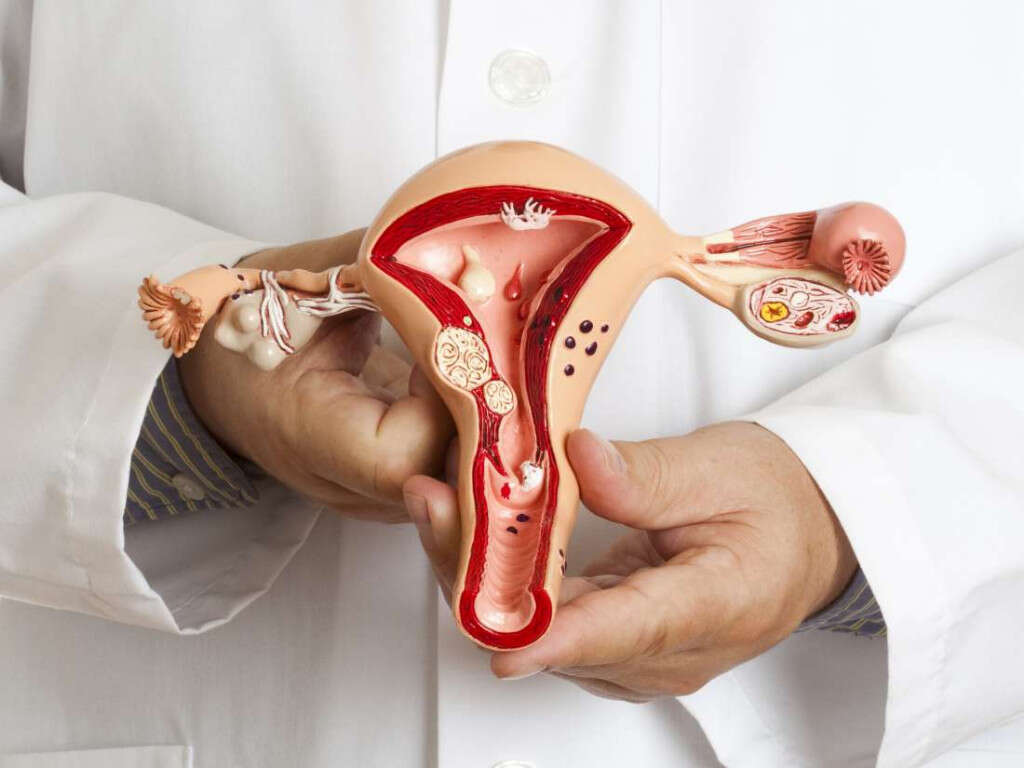
Cause #5: Dermoid Cysts
Dermoid cysts are also called teratomas. They can contain tissue, such as hair, skin or teeth, because they form from embryonic cells and are rarely cancerous. These dermoid cysts mature and grow slowly.
The treatment for dermoid cysts usually involves surgery to remove preferably without spillage of the contents of the cyst due to the risk of malignancy. In rare cases where the dermoid cyst is malignant, adults usually have a squamous cell carcinoma while children and infants are more likely to have an endodermal sinus tumor.

Cause #6: Cystadenomas
Cystadenoma is a type of cystic adenoma that is known as a cystadenocarcinoma, if it is malignant. It develops on the surface of an ovary and might be filled with a watery or a mucous material. Cystadenomas can be divided into serous, papillary, and mucinous cystadenoma.
The cyst can be multilocular with surfaces that are smooth on both the outer and inner surfaces. It can be huge in size. While rare in the extremities of age, it is more commonly seen among women between their 30s and 50s. Huge ovarian cysts can become complicated if torsion, rupture, or hemorrhage occurs.

Cause #7: Tubo-Ovarian Abscesses
Infections of the pelvic organs can involve the ovaries and fallopian tubes. In severe cases, pus-filled cystic spaces may be present on, in, or around the ovary or tubes. These are known as tubo-ovarian abscesses. Severe pelvic infections may spread to involve the ovaries and fallopian tubes.
As a result, pus-filled cysts form close to the ovaries and/or fallopian tubes. The signs and symptoms are similar to those of pelvic inflammatory disease and are most commonly seen among sexually active women. Treatment involves antibiotics and surgery.

Cause #8: Ovarian Cancer
Ovarian cancer is cancer that originates in the ovaries. The ovaries, which are about the size of an almond, are found on both sides of the uterus and function to produce eggs, estrogen, and progesterone. Ovarian cancer is the number one cause of death from gynecological tumors in the US and worldwide as well, for this reason, it is important to seek medical attention for proper diagnosis of any ovary lesion that you might have.
Symptoms of ovarian cancer include weight loss, abdominal bloating, early satiety, pelvic discomfort, constipation, bowel habit changes, and increased urinary frequency.
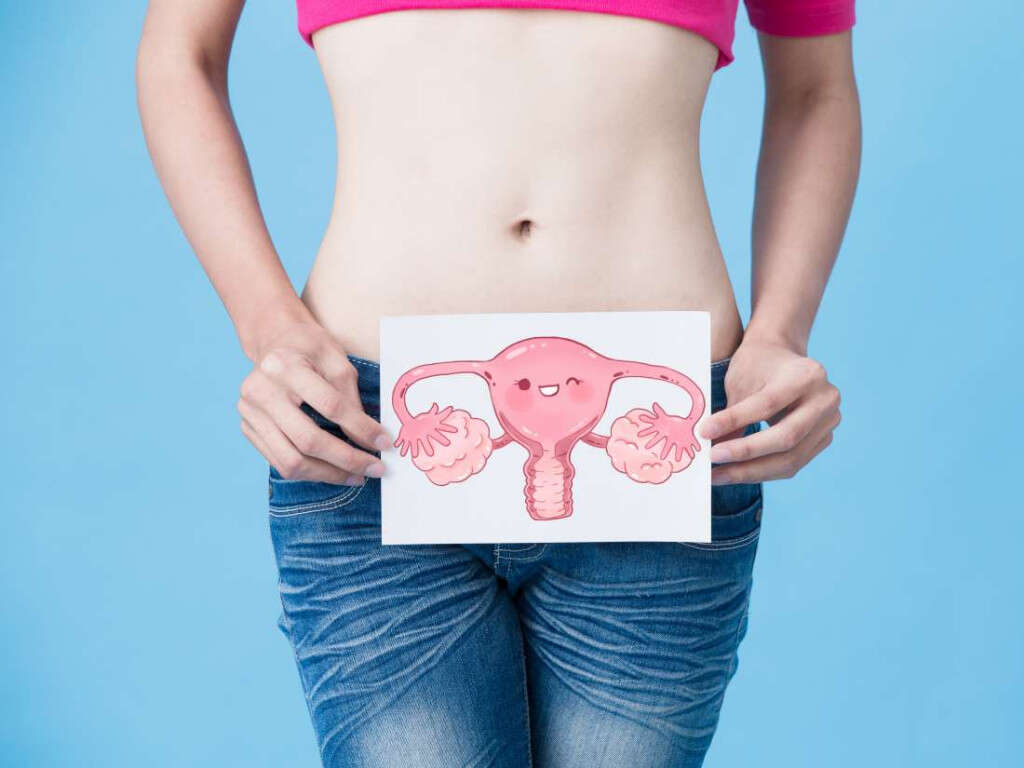
Cause #9: Cystadenofibroma
An ovarian cystadenofibroma is an uncommon and relatively benign epithelial tumor. Some recognized histological subtypes include mucinous, serious, endometroid, mixed, and clear cell cystadenofibroma of the ovary.
On ultrasound, almost all cystadenomas are predominantly cystic with approximately thirty percent of cases seen with septations. Solid nodules and papillary projections can be seen in about fifty percent of patients.
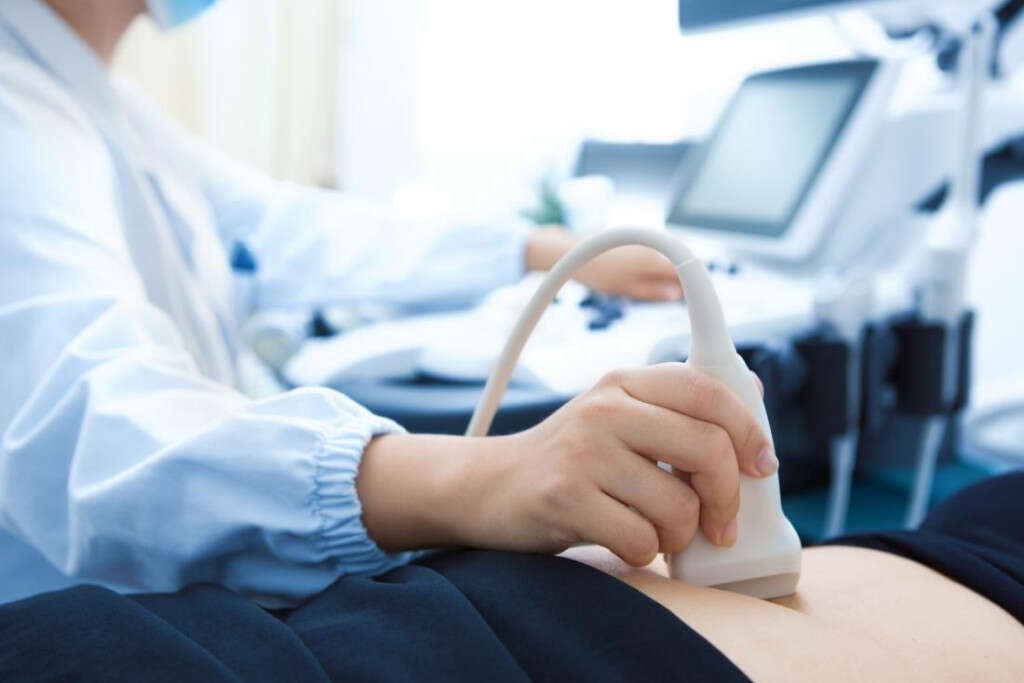
Cause #10: Theca-lutein Cysts
Theca-lutein Cysts are a rare condition that usually causes cysts to form on both ovaries. The massive size of the cysts is a very distinct feature of this condition.
Because of the large size of the cysts, patients are at greater risk of ovarian torsion (twisting), which is a medical emergency that requires urgent treatment to prevent further complications.








